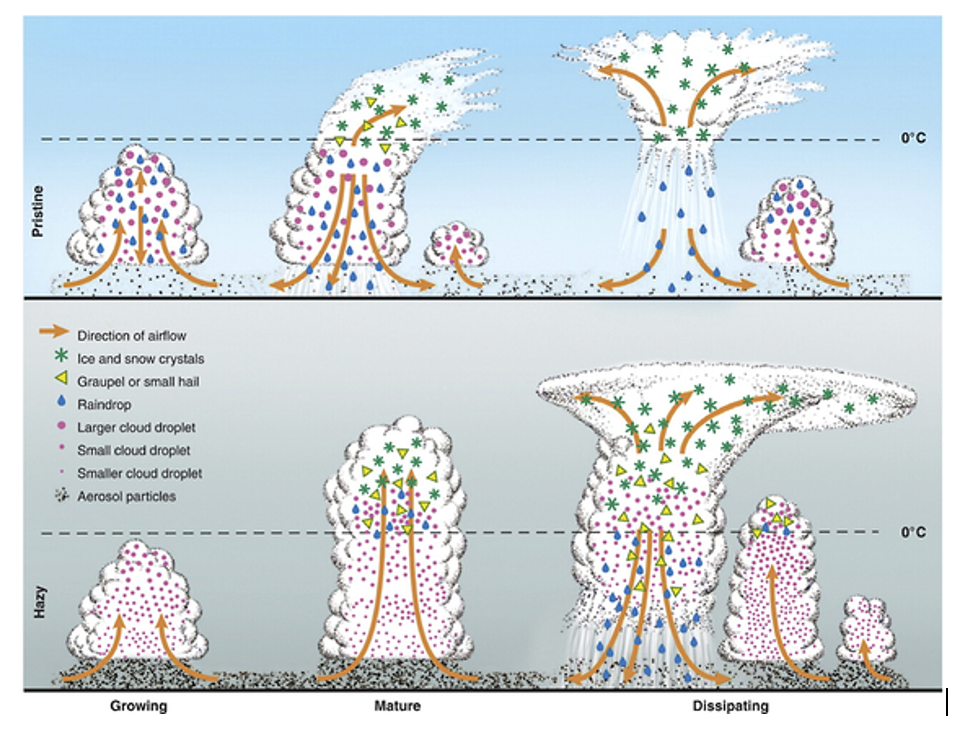Drones Support OU Weather Research
NORMAN, OKLA. – Researchers from the University of Oklahoma and the University of Colorado at Boulder are taking part in a study using drones to study how storms form in coastal urban areas, data that will help improve computer models for weather forecasting and improve meteorologists’ understanding of the processes that lead to storm formation.
“By deploying a fleet of remotely piloted aircraft systems in the Houston, Texas, area, we will gain valuable insight to improve the ability for computers to predict how and why storms will form so that meteorologists can provide better warnings in advance of dangerous hail, flash flooding or high winds,” said Liz Pillar-Little, assistant director for OU’s Center for Autonomous Sensing and Sampling and a research scientist in the College of Atmospheric and Geographic Sciences.
She adds that “mid-latitude” storm systems, like those common to the Great Plains, can often produce severe storms with flooding rains, strong winds and intense lightning. However, the physics behind these processes are often difficult to represent in models.
The research team wants to better understand how storms form through the relationship between atmospheric circulations, the winds driven by changes in temperature and pressure, and particles in the air, known as aerosols, and convection.

“Like a pot of water coming to boil, convection is the transfer of heat from a warmer area to a cooler one,” Pillar-Little said. “The combination of these atmospheric circulations and aerosols in coastal urban environments, like Houston, can drive convective processes by which big storms are created.” She added that Houston is an excellent location to study these processes because of the interactions between very different airmasses have been observed to induce or enhance storm formation.
The study is a funded through a grant from the U.S. Department of Energy through the Atmospheric System Research Program as one of 10 awards to support Tracking Aerosol Convection interactions ExpeRiment (TRACER), sponsored by DoE’s Atmospheric Radiation Measurement Facility. One of the goals of TRACER is to more effectively “teach” models how to predict convection.
The team involved in this study includes researchers from OU’s CASS, along with scientists from the University of Colorado Boulder’s the Cooperative Institute for Research in Environmental Sciences and the Integrated Remote and In-Situ Sensing Laboratory.
Pillar-Little said most of the data collection is planned to begin June through September 2021. Follow the team on Twitter for updates as they prepare to head for Houston, or as they head out into the field for other upcoming deployments.
